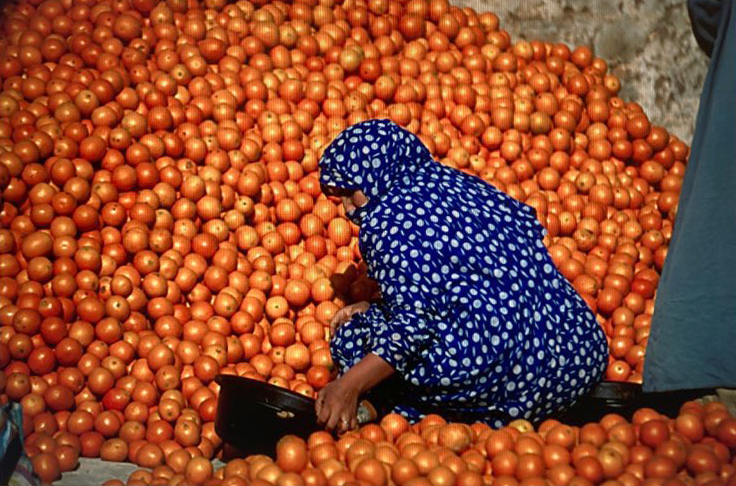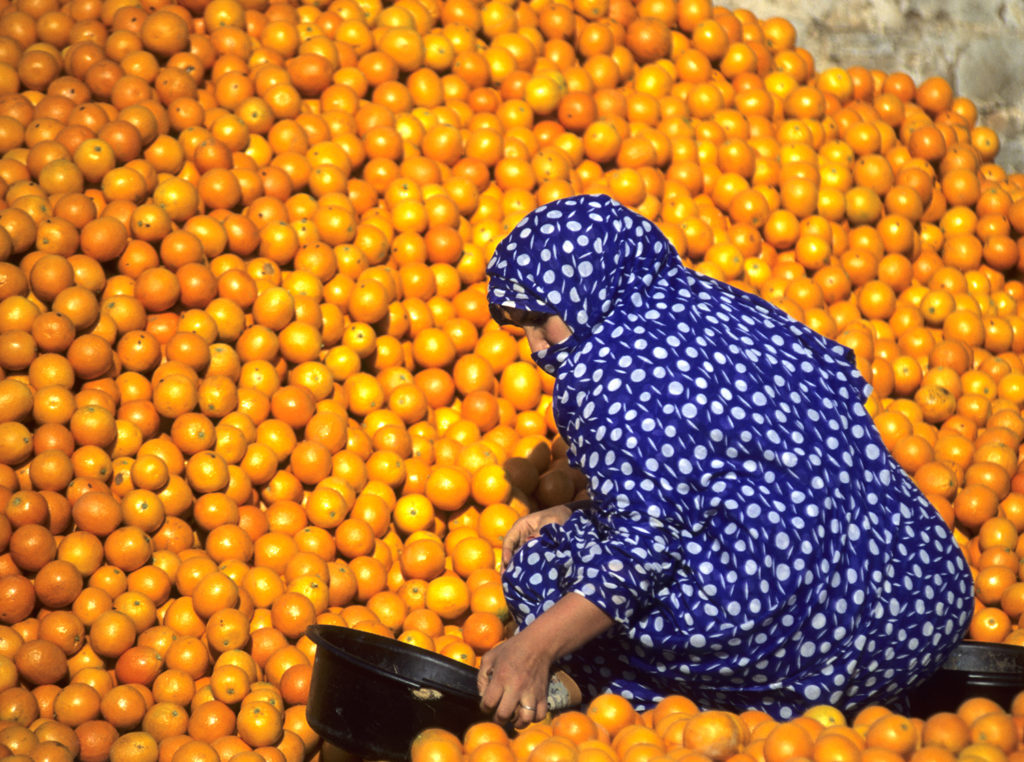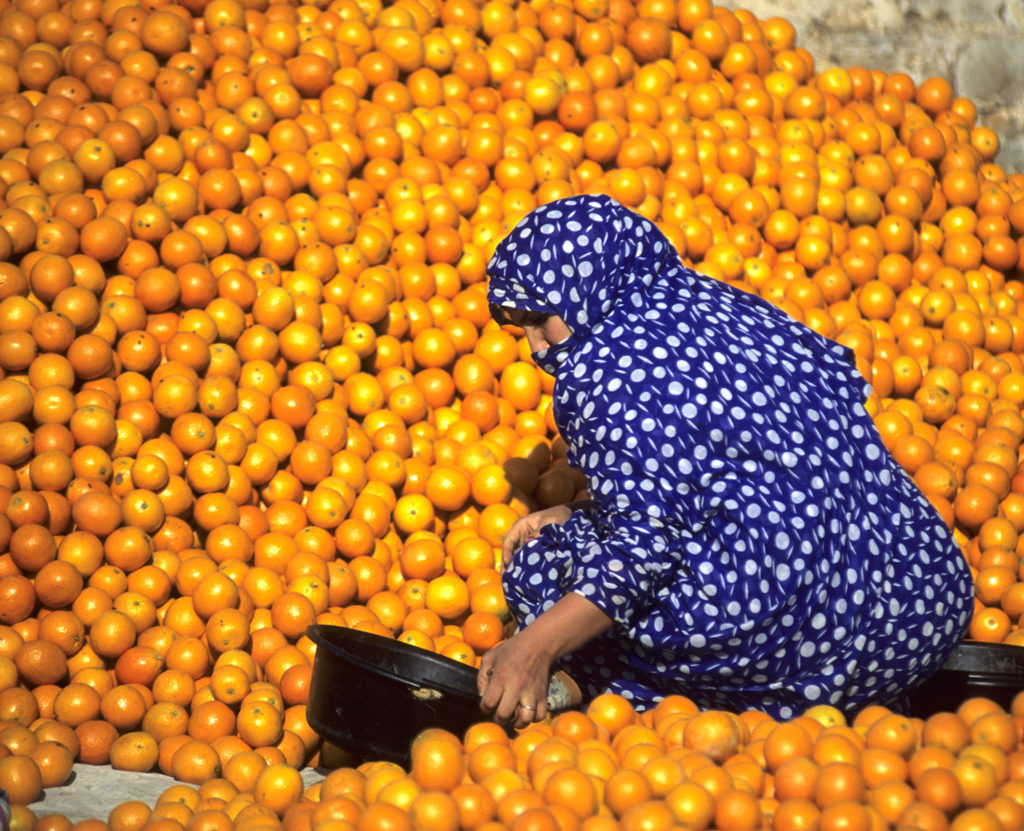When is a crop essential and how to get it right?
There is no ‘right’ shape or format for an image. We can be constrained by the format of the camera, a frame of film or the size of the sensor but these constraints are arbitrary when it comes to the image itself.
Cameras give us everything from square to panoramic – a box to a letterbox – and with all but the square format, rotating the camera from landscape to portrait, or anywhere in between, gives us more options. Some of these frame options are easier on the eye and make it easier to create a stronger image. With the ability to also stitch images together and crop an image into various shape, the shape of the final output image is up to the photographer and impacts the strength of the composition.
Conventionally, shooting full frame is a matter of achieving maximum image quality. Fill the frame with the desired composition and you use every pixel available or every grain of silver halide. This gives us the ability to reproduce larger without loss of image quality.
In practice, we can’t always shoot full frame though. Sometimes we can’t get close enough to do this. Mostly this is about choice of lens but sometimes it’s a physical constraint that even with the right lens, it’s not physically possible to achieve the desired angle and framing. At this point I recall an image which would have needed me to be hovering above water to get the framing and composition as I wanted it!

The other main instance where full frame is sometimes not achievable is with a dynamic scene, where the subject is moving through an environment. Sport is a very obvious example of this. Shooting becomes about anticipation, working out how a subject relates to their environs, and particularly the background, at any given point in time.
Many years ago I went to a Saturday morning market in the southern Moroccan town of Guelimim. It was very colourful and very busy. People moved in and out of the market square with real bussle and it was chaotic. I was shooting for a guidebook at the time and this kind of scene was perfect photo fodder.
In one area of the market was a giant, and I mean giant, mound of oranges. The rich colour was eye-catching and made for a perfect backdrop. People moved around and through the scene but not quite in the way I had envisaged my photograph, so I waited. I knew a photo would come eventually, if I was just patient enough.
The oranges were waiting for the right person to interact. After some 20 minutes, maybe longer, my image suddenly started to come together. I had to be ready, I had to be fast. Blue and orange are opposite sides of the colour wheel so contrast really well and can look very effective together in the same image. But I got luckier than that! A local woman, dressed from head to toe in a blue djellaba decorated with white circles (mirroring the shapes of the oranges) came into the scene and sat down in front of the orange pile with a bowl, which she proceeded to quickly fill with oranges. It was perfect – contrasting colours and circles.
So, having waited an age for this one shot, I excited went to press the shutter. As I did, a man in a grey tunic walked slowly into the frame between me and the woman choosing oranges. By the time he had passed through, the woman’s bowl was full and she was starting to stand up and move on.
I got one shot, one frame… Or at least I thought I had. It was shooting on film so I didn’t actually know until about three weeks later when I returned to the UK and got the film processed!
The frame almost worked, but the man in grey filled a strip on the right-hand side of the frame. As you might expect this completely ruined the composition and, as shot, it was not a usable image. Having come so close to the perfect combination of shapes and colours in this image it was somewhat galling.
However, if we go back to the start of this you’ll remember there is not ‘correct’ shape for an image and, whilst not cropping into a frame is the desired objective, this is one occasion where it could work to save the image and at least get close to what I’d visualised. After all this was not sloppy or lazy camera craft, but simply bad luck with the way events unfolded.
So how do we set about rescuing the image? The first thing is to be absolutely clear what the subject of your images is – in this case the woman in blue choosing oranges. The oranges themselves are not the subject. They are secondary to the woman, a background, but still an essential part of the image and important for its impact. Looking at the original image, the man’s grey tunic is clearly visible on the right of the frame, and it is also clear that we don’t want him in the final image! In a digital age, I’m willing to bet that the first reaction of some of you is “clone him out”. It’s a solution, but not a very good one and quite difficult to do well. So, what else can we do?

The first step is to assess the image, keeping our main subject fixed in our minds. We want to keep the woman, her bowl and the orange pile. We want to lose the part-man in grey. Closer inspection also shows some bags sitting on the ground in the bottom left corner. First instinct is to crop all this out.
In doing so we lose a fair bit of the whole image, but there is still enough left to get a print from it. Not ideal but workable.
However, when we look at the image with these unwanted elements cropped out it doesn’t have the expected impact. What has happened? Removing the man in grey is fine and desirable, but in removing the mess in the bottom left-hand corner, the image has become unbalanced and rather counter-productively removed the sense of scale of the orange mound. It also results in your eye being drawn to the triangle of wall in the top right-hand corner, rather than to the main subject – the woman filling her bowl with oranges.
So, do we give up on the image and write it off as one that got away? Or is there a way to make it work?
The answer is yes, and it lies in that bottom left-hand corner. Remember, we have ‘tidied it up’ by removing the bags and small area of ground. What happens if we still lose the bag but keep the ground? Suddenly the whole picture changes and it works!
That small area of ground in front of the orange mound may seem tiny and apparently inconsequential, but it has two effects. First it restores perspective to the orange pile, making it much more three dimensional. Second, and most importantly, it acts as a counter-balance to the wall in the top right-hand corner, stopping it from drawing the viewer’s eye and allowing us to go straight to the woman, our main subject. She is now much easier to see and see in more detail.

What this demonstrates is how precise the craft of composing an image is. It’s not approximate. Composition is exact and the smallest inaccuracy in doing it can make or break an image.
Put simply, composition is about design, about creating pathways around an image so that the viewer sees what you want them to see and doesn’t allow their eye to wander or leave the image. Composition is creating impact and interest, whilst still giving primary importance to the main subject.
As designers of our photographs we have the power to control the viewers’ perception of it, effectively constructing an image using the elements of design. In the next article in this series, I’ll be looking at these elements, what they bring to a composition and how we use them to best effect.

